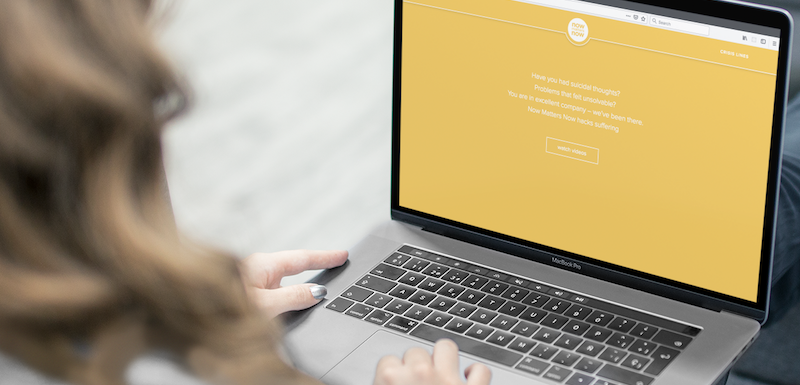Development and Evaluation of a Web-Based Resource for Suicidal Thoughts: NowMattersNow.org
Source: Ursula Whiteside There is enormous and largely untapped potential to prevent suicide, and that’s because suicidal people visit their doctors. Nearly half of people who die by suicide visit their doctor in the month before their death. Routine screening for depression can uncover suicidal thoughts—but that’s only part of the story. Doctors need suicide-specific resources for immediate, brief intervention. The NowMattersNow.org website is an open-access, video-based resource for individuals with suicidal thoughts. A study just released in the open-access journal, Journal of Medical Internet Research, found that suicidal people visiting NowMattersNow.org reported measurable reductions in intensity of suicidal thoughts and emotions. Researchers asked over 3000Read More →










